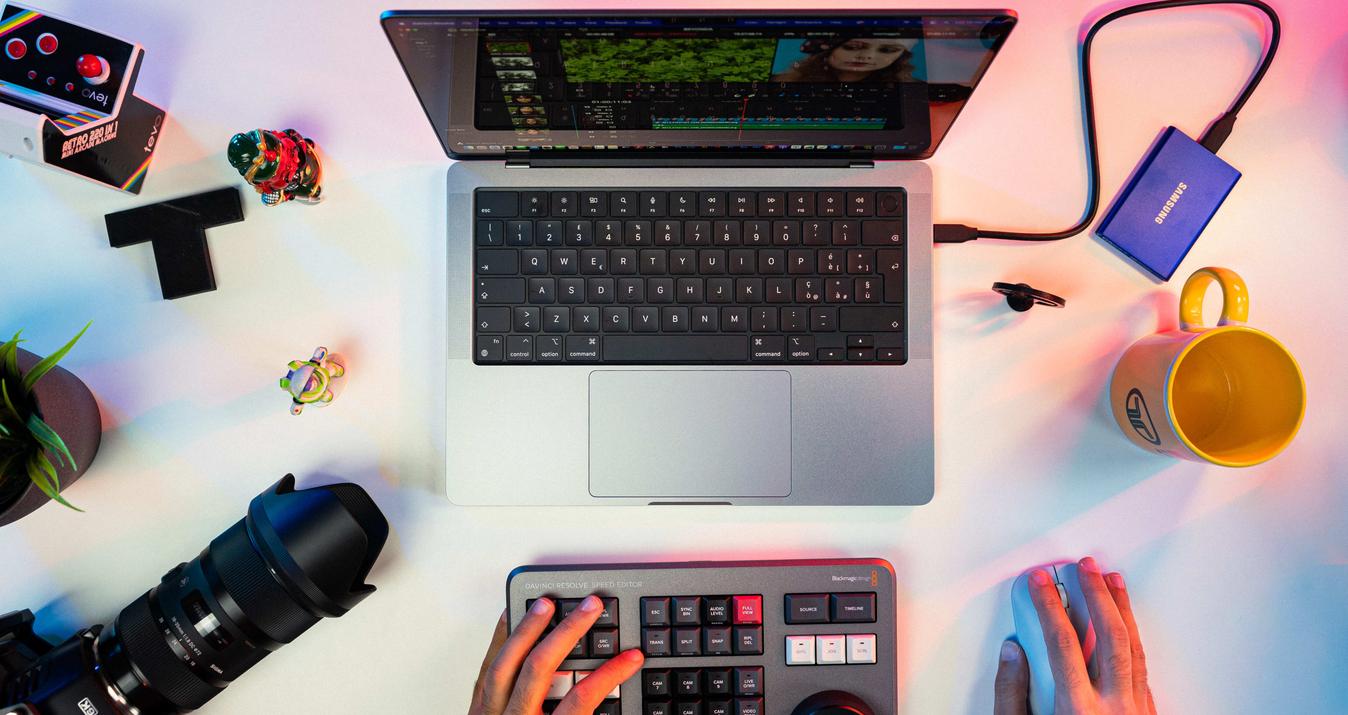The thunder is booming and the storm is rolling in fast! No time to bracket for HDR, take a look!
As photographers, often we have to adapt to the shooting conditions around us, no matter what those might be. And just as often, the unexpected images that result can be just as good or better than what we originally imagined.
Today, we’re going to explore how Aurora HDR can help take a dark or foreboding image and turn it into something awesome. If you’re just starting out with Aurora HDR and you don’t have any bracketed images to play with, don’t despair. Aurora works just fine with single images.
Last year on vacation, I was almost caught in an approaching storm in Saint John New Brunswick. I heard the storm coming long before I saw it. The thunder was booming and the storm was rolling in fast. In fact, if you look closely, you can see the rain coming across the river on the right side of the image. Since I was standing on the beach in front of a forest I didn’t really want to let it get too close before I took cover.
I managed to take just a handful of images before ducking inside. There was so much wind and electricity in the air that I didn’t even think to bracket for HDR. Just a few single shots.

This first image shows what the scene looked like straight out of the camera. Cool, but I thought it could be WAY better. The thrill would be in the clouds if I could just bring those to life. I started with the ‘realistic vivid’ Preset. Right away I loved how it punched up the clouds in ways that didn’t exist in the original capture.

The problem though was that it also punched up the lower half of the image, the foreground. I wanted the viewers eye to go to straight to those amazing clouds and their fascinating patterns, without being distracted by anything else in the image.
I could have masked out the HDR effect using Aurora’s layers and brushes, but thought that a little lighting adjustment might do the trick as well. Using the ‘Top & Bottom Lighting’ control, I increased the exposure in the sky slightly and dialed it down in the foreground. The effect caused the viewer’s eyes to immediately move upward to the brighter clouds.

Finally, I added a bit of color saturation to the whole image to bring out the blues in the sky and all the color reflections on the water as they actually appeared during the storm.

The end result was something closer to what I experienced. The final image looks dark and foreboding — exactly what I had in mind.

Here are two Before and After photos:



 Photos by Monica Royal
Photos by Monica Royal
A Special Perk for Our Blog Readers
Get a 10% discount on Luminar Neo and dive into professional photo editing today!
Thank you for subscribing.
Your gift is waiting in your inbox!











